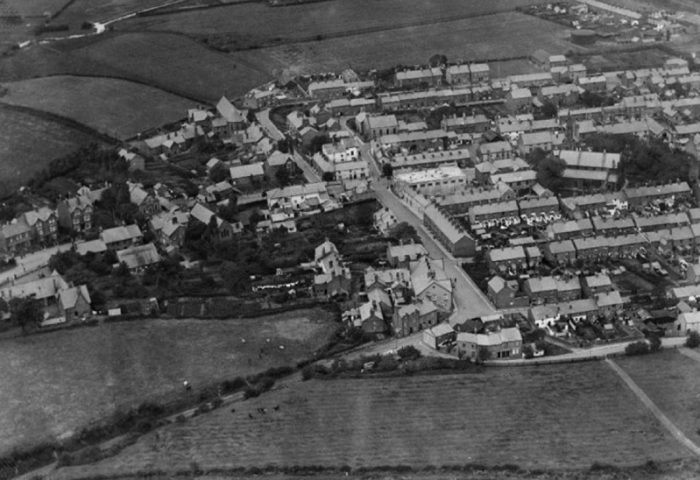A programme of analysis and reporting took place to examine artefacts and ecofacts recovered during three large sites excavated in central Flint: Earl Lea, Dukes Walk and The Police Station. The end results will be a full-colour, bi-lingual, ‘popular’ publication aimed at those with an interest in the history and archaeology of Flint and a larger, single-volume, academic monograph.
The excavations followed earlier phases of desk-based study and trenched evaluation and were undertaken on behalf of Flintshire County Council and Wates Living Space West in advance of a large scheme of urban redevelopment. The programme of archaeological work allowed Archaeology Wales to work with the developers to produce a proposal that minimised the impact on the buried archaeological resource, while preserving ‘by record’ those element where impact was unavoidable.
Each site revealed a number of phases of activity relating to development from the foundation of Edward I’s implanted town in 1277 through to the 20th century. Among the most significant features were sections of the town’s defensive bank and ditch, some of the earliest surviving fills of which contained material dating to the thirteen century. Evidence from later fills included environmental evidence for the flora and fauna of the area, material derived from domestic waste and a unique series of leather shoes, all of which helped to add to our knowledge of the people who lived in and around the town.
Apart from evidence for the defences and the internal layout of the town, post-excavation analysis focused on a number of semi-industrial activities that were seemingly taking place in ‘open’ or ‘back garden’ areas. In the centre of the Early Lee site, a pair of medieval stone built corn-drying ovens were uncovered and fully excavated, while on the Dukes Walk site, ten fascinating late eighteenth century brick-built structure were examined, all of which exhibited evidence for low-temperature lead working.



